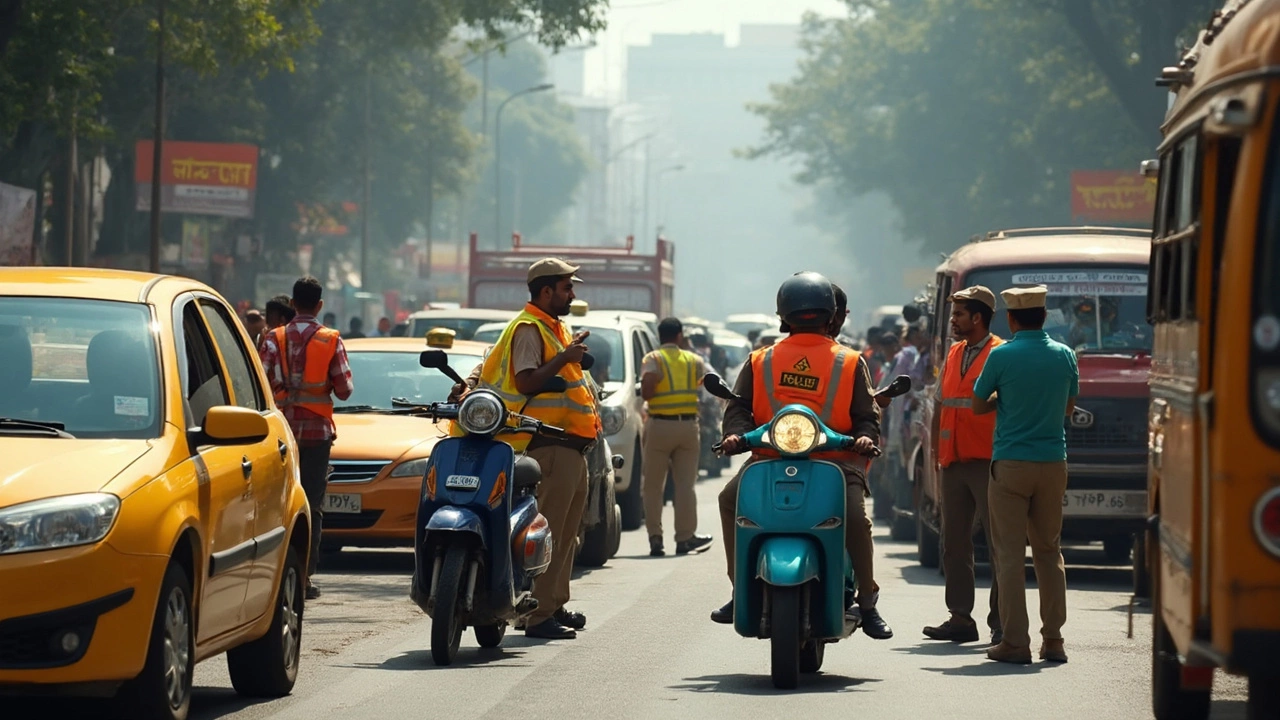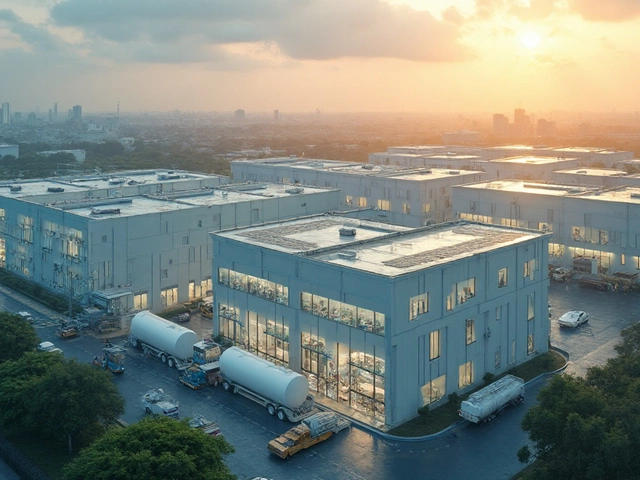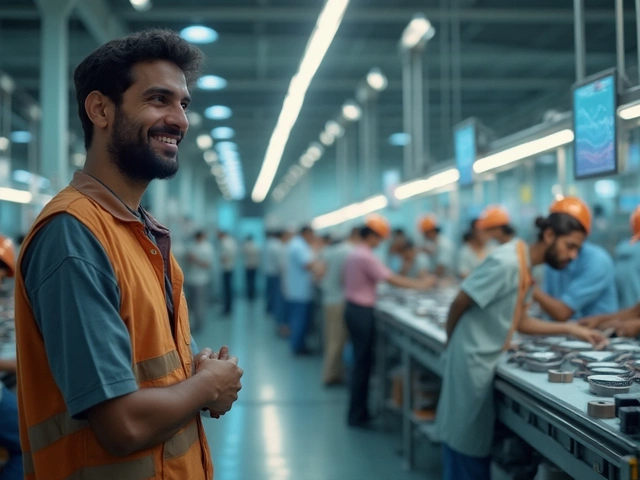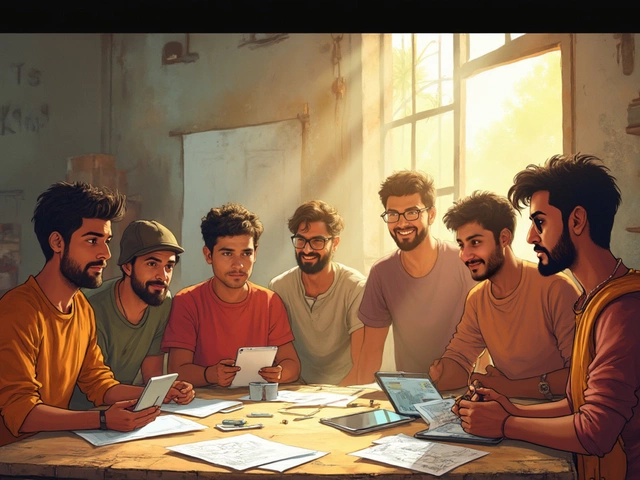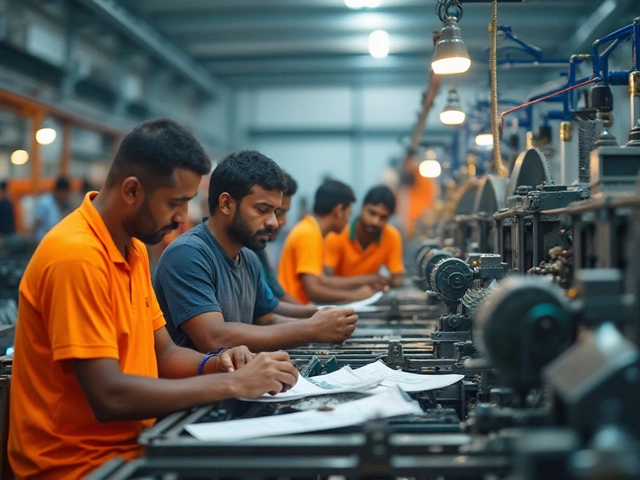Picture this: You’re stuck in Delhi traffic, breathing in air so thick it smells like pure exhaust. Cars, trucks, buses—everyone’s idling, and each breath feels like swallowing a campfire. The reason? India’s air pollution saga, which finally pushed lawmakers to crack down hard. Whole engine types were banished to history’s scrapheap, and overnight, some vehicles went from daily drivers to museum pieces. But which engines are the real outlaws now? And could your next car be caught in the crossfire of another ban?
The Engines Facing the Axe: What’s Officially Banned
Diving into the facts, India’s crackdown didn’t target just one kind of engine. The focus has always been on emissions, not on brand or horsepower. The main culprit: old, polluting diesel engines. In 2015, the National Green Tribunal (NGT) declared a flat-out ban on diesel vehicles over 10 years old in Delhi NCR, the country’s pollution epicenter. This meant thousands of perfectly working cars had to disappear from roads overnight, including prized SUVs and even luxury German sedans.
The ban soon grew teeth. Courts in several other states, like Kerala and Karnataka, adopted similar rules, especially for commercial fleets. In big cities—think Mumbai, Bengaluru, and Pune—the chill spread fast. As of 2024, more than 2.4 lakh (240,000) diesel vehicles have been deregistered in Delhi alone, according to Delhi Transport authorities. If you owned one, you couldn’t legally resell it locally. Cops often seized old cars parked in public, and the threat of heavy fines kept everyone on high alert.
What about petrol engines? Here, the rule is slightly different. Petrol vehicles older than 15 years face bans in places like Delhi NCR. Doesn’t matter if your classic Maruti has been babied and serviced religiously—old petrol engines must go. Even vintage car rallies sometimes get denied permits, unless the cars are on special event-only passes.
Why this harsh treatment? The science is simple: older engines, both petrol and diesel, spew much higher levels of PM2.5, NOx, and other pollutants. A 10-year-old diesel SUV might emit up to 20 times more particulates than a new BS6 car. And given that cities like Delhi often record AQI readings well over 400 (hazardous territory) after Diwali or in winter, banning smoke-belching engines was a desperate move.
Is there a nationwide “engine ban” list? Not precisely. There’s no all-India decree that says “no diesels after 2025” or “ban all petrol engines.” The rules depend on the region, pollution data, and whether the vehicle meets Bharat Stage norms. But the trend is clear: the older and dirtier the engine, the closer it is to extinction.
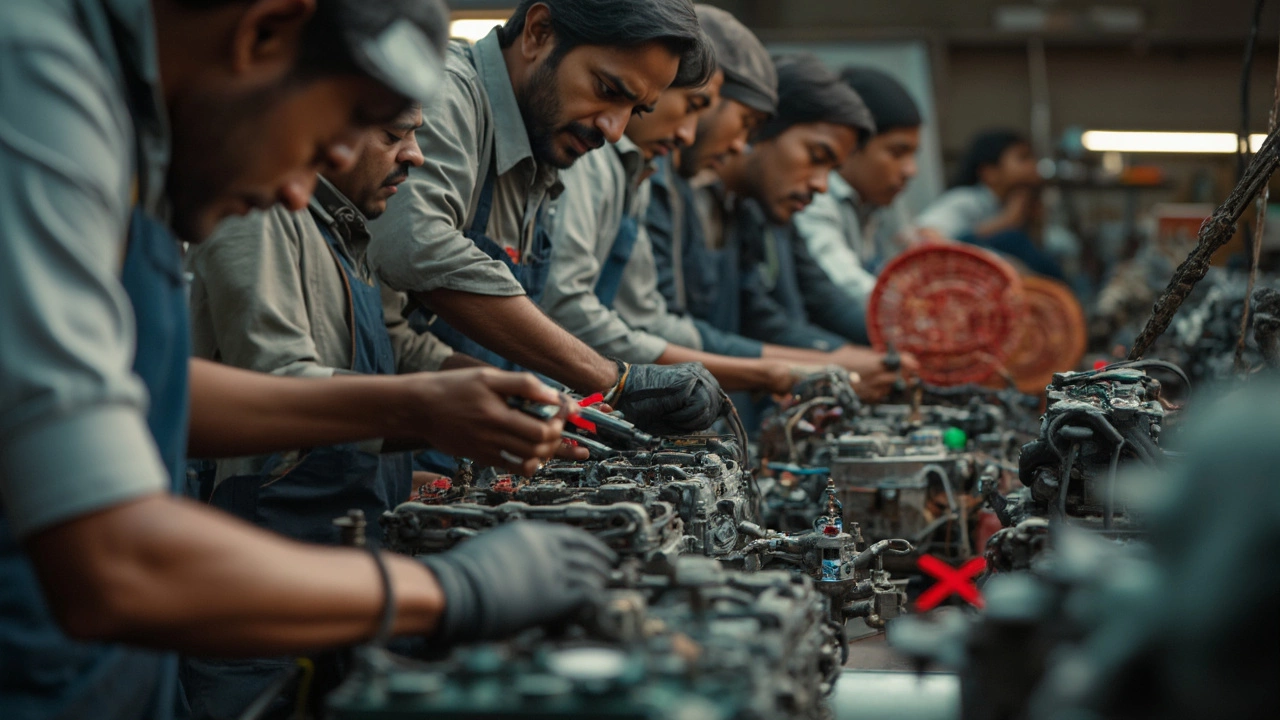
Emission Norms: How BS6 Changed the Game
The single biggest leap in India’s engine regulations came in April 2020. That’s when India forced all new vehicles (two-wheelers, three-wheelers, and four-wheelers) to meet Bharat Stage 6 (BS6) emission standards. The difference? Huge. Under BS4 (the earlier rule), diesel vehicles could emit up to 250 milligrams of NOx per kilometer. Under BS6? Just 80 mg/km. The PM (particulate matter) limit dropped from 25 mg/km to 4.5 mg/km for diesel cars—almost a six-fold cut.
Car makers scrambled. Overnight, big diesel engines started vanishing from brochures. Models like the Maruti Ertiga diesel or Honda Civic diesel got axed. Why? Upgrading those engines to BS6 was too pricey. As a result, many automakers stopped selling diesels in small cars entirely. Maruti Suzuki, previously a diesel champ, no longer sells any diesel models today.
Here’s how emission standards evolved in India:
| Norm | Introduced | Key Emission Limits (NOx for Diesel Cars) |
|---|---|---|
| BS2 | 2001 | 700 mg/km |
| BS3 | 2005 | 500 mg/km |
| BS4 | 2010 | 250 mg/km |
| BS6 | 2020 | 80 mg/km |
What if you own an older BS3 or BS4 engine? In most states, you can drive them until they hit the 10 or 15-year limit, depending on fuel type. But cities with more pollution might enforce early bans. If you’re caught, expect heavy penalties—sometimes up to Rs. 15,000, and police can even tow your car or revoke your registration on the spot.
It’s not just personal vehicles on the chopping block. Older buses, trucks, and even auto-rickshaws are being forced off the road if they don’t meet emission limits. Some cities offered scrappage incentives: small discounts on new BS6 cars if you junk your ancient ride. But the sums were rarely persuasive—usually Rs. 10,000 to Rs. 25,000, not much next to the cost of a new car.
Want to check if your car is at risk? Every registration certificate (RC) card lists the date of registration and fuel type. Punch those into your state’s vehicle portal or Parivahan Sewa, set up by the Ministry of Road Transport & Highways, to see how much longer you’re legal. If you’re in Delhi NCR, watch out—enforcement has become digital, so even parked cars can get e-challans (online fines) if their age pops up in a database sweep.

Tough Questions and Grey Areas: What’s Next for Indian Engines?
This engine clampdown still leaves a lot of questions. Is India headed for a total diesel engine ban? Not quite yet, but there are signs. The 2030 goal is to have 30% of new vehicle sales electric, and several states already offer big tax cuts for EVs. Some cities plan to phase out public transport diesels by 2027, especially buses that don’t meet BS6. Maharashtra and Gujarat are openly discussing “low-emission zones,” where only electric and CNG vehicles can enter, shutting out all but the cleanest engines.
But there are exceptions. Commercial trucks sometimes get “pollution under control” (PUC) extensions, vital for keeping goods moving across states. Rural areas are less strict, and enforcement rarely reaches remote roads. Farmers lobbying hard managed to win a stay on tractor bans, arguing that new emission kits were too expensive for their margins.
If you love classic and vintage cars, you’re in for a headache. Shows and rallies still happen, but regular use on city roads is impossible for anything older than the 15-year cutoff—unless you secure costly “vintage vehicle” registration, which limits you to parades and exhibitions. Even then, special petrol blends (with fewer emissions) might be required soon, tacking on more costs for hobbyists.
So what should buyers and drivers do right now? Here are some quick tips:
- Always check fuel type and registration year before buying used cars in metro areas. Don’t just go by “condition”—legal age matters more.
- Trust authorized dealers over random sellers for transfer paperwork. If a car’s engine is banned, it won’t get re-registered. You’ll be stuck.
- If you live in or near Delhi NCR, avoid old diesels, no matter how good the deal sounds.
- Watch for scrappage policy updates. New incentives may appear, making it worth replacing your outdated car sooner.
- Curious about resale? Banned vehicles don’t have value inside the state, but some can be transferred to less strict areas. Just be careful with loopholes—it’s easy to get duped by brokers promising a hassle-free sale.
- If pollution controls ramp up, expect stricter checks for even newer engines—especially if your car fails its annual “PUC” certificate inspection.
The big picture? Old diesel engines are public enemy number one in cities, and petrols soon follow. But the rules aren’t universal—yet. Keep one eye on your engine’s age, and the other on ever-changing laws. Your next upgrade might not be about features or horsepower, but avoiding the agony of a banned engine in India’s rapidly tightening net.
